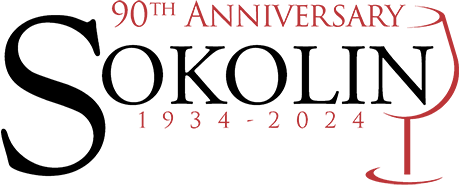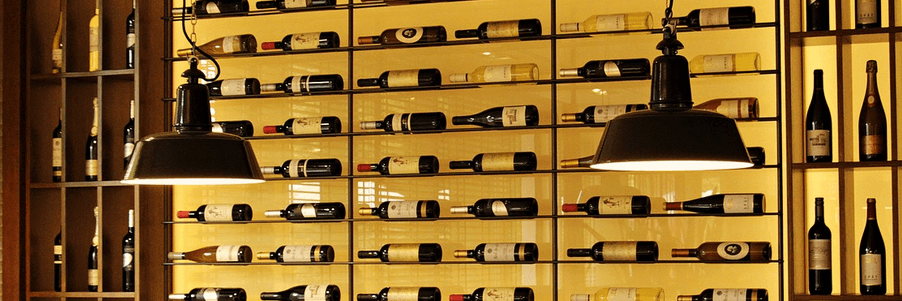The 2007 Cote Rotie La Landonne exhibits notes of black olives, graphite, smoked meats, new saddle leather and pepper. Meaty, rich and full-bodied, it is not as silky textured, voluptuous or flamboyant as its siblings. Forget it for 5-7 years and drink it over the following three decades.The following paragraph is taken from issue #193, but I believe it is so important to understand the Guigal philosophy that I am repeating it verbatim. “As I have written many times before, no one in the wine world is better at ‘raising’ a wine (or as the French call it elevage) than Marcel Guigal, who learned the skills from his father, Etienne. Because everyone tends to focus on vintage conditions and terroir, the importance of a wine’s elevage is often overlooked, but Guigal’s unusually long tank, foudre and small barrel aging regime for all his red wines as well as several of his whites results in an array of remarkable wines time and time again. Even the most challenging vintages, which often taste under-nourished, vegetal and thin in their first year or two of life, tend to take on concentration and character, turning out to be some of the finest wines in many of the most difficult Rhone vintages. Moreover, Guigal’s wines always taste better out of bottle than from barrel, which speaks to his honesty and integrity as well as to his brilliance in deciding how long to age a wine in wood or tank, as well as choosing the perfect moment to bottle it. None of this is as simple as it might sound, and that’s why Marcel Guigal gets my vote as the reigning genius in terms of the upbringing of his wines.” Crozes-Hermitage has become one of the Guigal “go-to” wines for value hunters and he has raised the level of this humble appellation dramatically with his recent efforts. Cote Rotie was what made Marcel Guigal and his father, Etienne, famous. The Guigals are the largest landholders in Cote Rotie and produce 35-40% of this hallowed appellation’s production. Five cuvees are produced in every vintage, the three single vineyard offerings, the Chateau d’Ampuis (a blend of top sites aged 38 months in 100% new French oak casks), and their largest production offering, the Brune et Blonde (which is aged in small barrels and usually co-fermented with 3-5% Viognier depending on the vintage). Along with Michel Chapoutier’s St.-Joseph Les Granits, Guigal’s St.-Joseph Vignes de l’Hospice is the top wine of the appellation. Guigal purchased this 8-acre parcel of steep hillside vines from Grippat. Aged 30 months in 100% new oak, this wine is extraordinary. Guigal claims the soil is reminiscent of Les Bessards Vineyard in Hermitage Over the last decade, Guigal has dramatically increased his vineyard holdings in Hermitage, purchasing the estates of Jean-Louis Grippat as well as the Hermitage holdings of De Vallouit. He now has parcels in such famed vineyards as Le Meal, Les Beaumes, Les Bessards and Dionnieres. Guigal’s basic red Hermitage (which has been made for over five decades) is generally aged for more than three years in small casks, of which about 45% are new. In exceptional vintages, Guigal will cull out a special cuvee called Ex-Voto, which is aged 42 months in 100% new French oak. One thousand cases are usually made from three separate vineyards (40% from Les Bessards, 40% from Les Greffieux and 20% from Les Murets.) Guigal owns the spectacular Chateau d’Ampuis on the banks of the Rhone River. His son, Philippe, lives here and this is where they produce their wood barrels from long-aged wood staves they purchase 3 to 5 years in advance. This wine, which comes from a blend of such extraordinary vineyards as La Garde, Le Clos, Grande-Plantee, Pommiere, Pavillon, Le Moulin and La Viria, is aged 38 months in 100% new French oak. Production is approximately 2,000 cases in a good year. The three single vineyard Cote Roties are among the world’s top fifty wines ever made. Their differences become apparent around age 8-10 and are dramatically different by age 15. The first vintage of La Landonne was 1978, La Turque was 1985 and La Mouline was 1966. La Mouline is always the sexiest and easiest to appreciate young as it is co-fermented with 11% Viognier. La Turque is co-fermented with 5-6% Viognier and La Landonne is 100% Syrah. La Mouline comes from the Cote Blonde, which has lighter soils (hence the name), and La Turque and La Landonne emerge from the Cote Brune. La Mouline is made from the oldest vines (60-65 years) and is vinified using pump over techniques. From relatively young vines (about 20 years of age), La Turque is vinified by punching down. La Landonne is vinified using the modern system of the cap being immersed. The results are three very different wines, although all of them spend 42 months in 100% new French oak, are barely racked, have minimal levels of SO2, and are bottled unfined and unfiltered.Robert Parker | 97+ RPThis is very backward, with smoldering tobacco and charcoal up front, holding the dense core of black currant, anise and hoisin sauce at bay for now. Sage, sweet tapenade and bittersweet cocoa all roll as the grip takes over on the back end. A gutsy wine, with a charcoal- and singed iron–filled finish. Best from 2013 through 2026. 1,000 cases made. — JMWine Spectator | 97 WSVivid purple. Heady aromas of candied red and dark fruits, incense, violet and smoky minerals. Cherry-cola and blackberry compote flavors show an intriguing blend of richness and vivacity, with bright mineral snap on the back half. Finishes sappy, sweet and extremely long, with resonating floral and spice notes. This wine blends the richness and power of the Turque with the vivacity of the Mouline and should age effortlessly.Vinous Media | 95 VM

